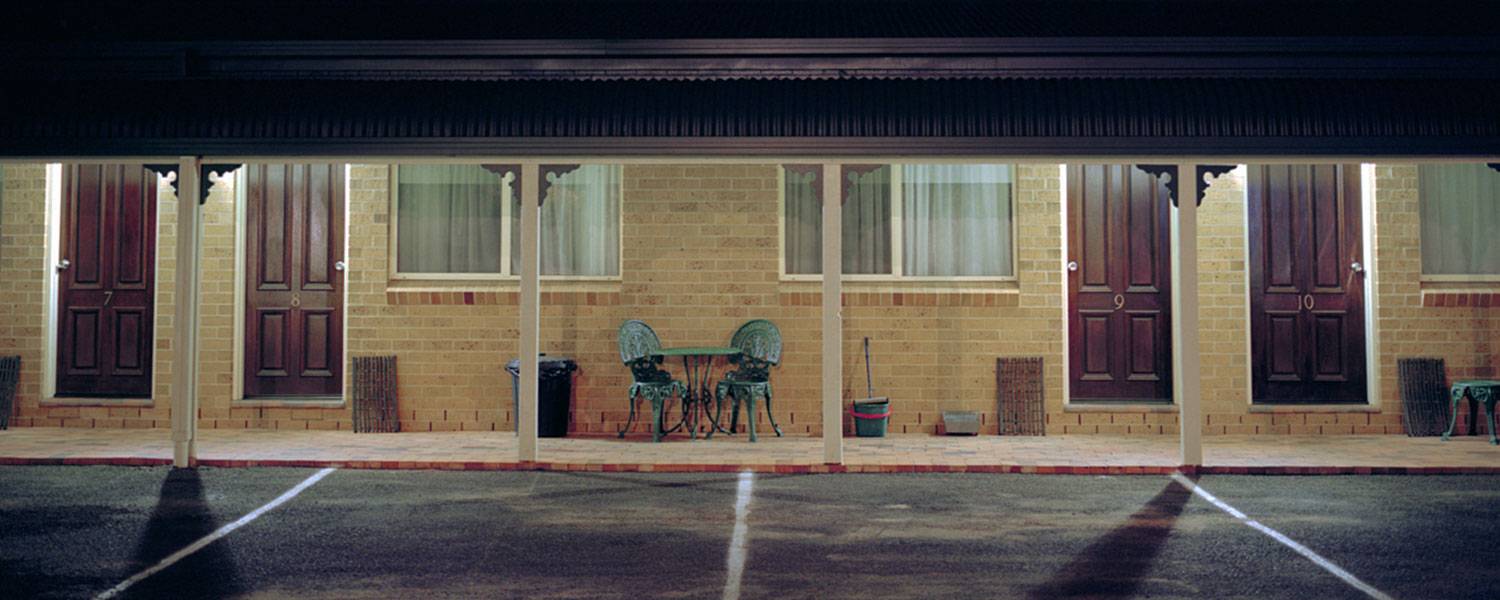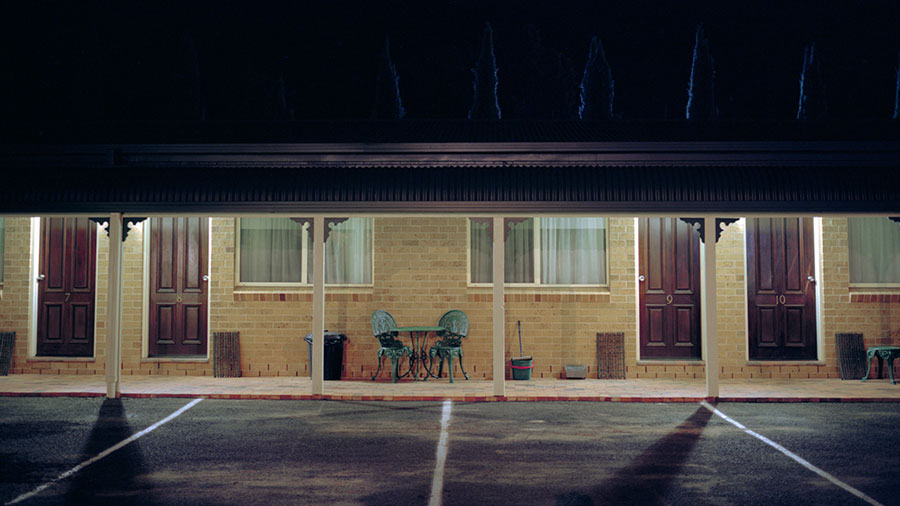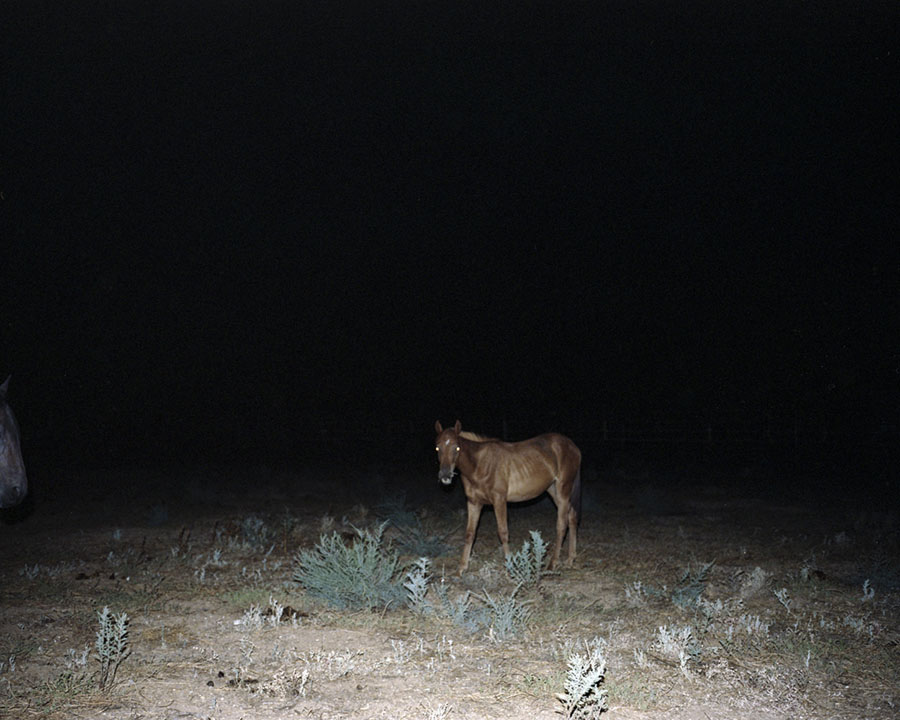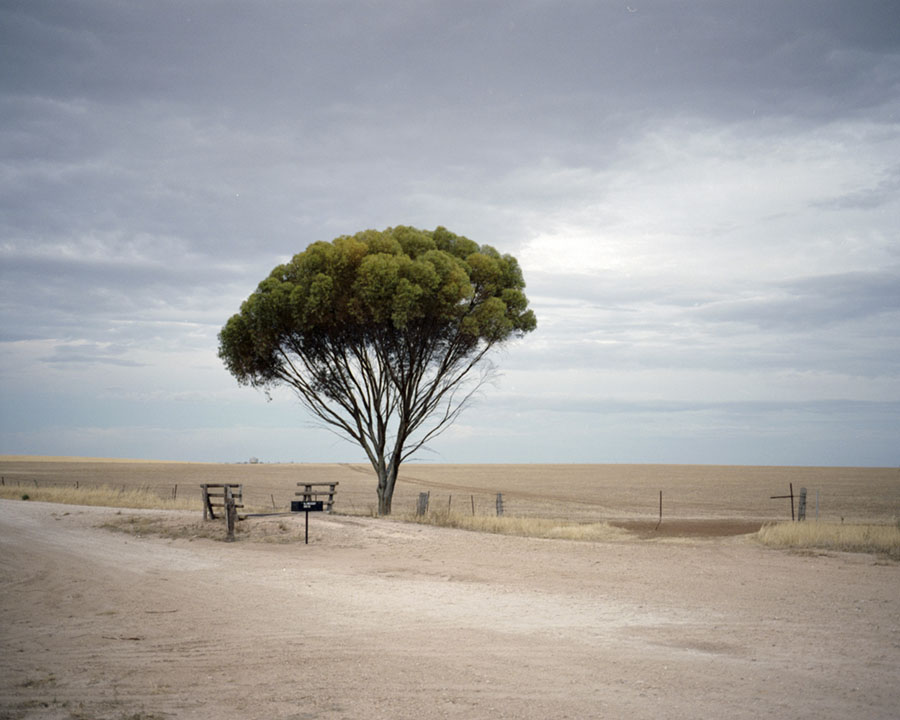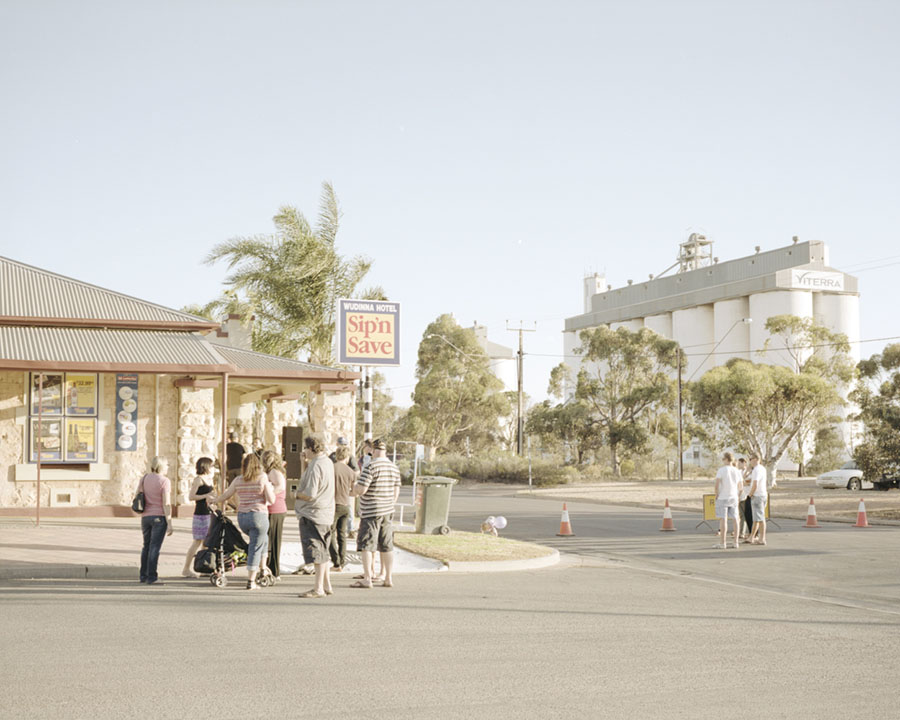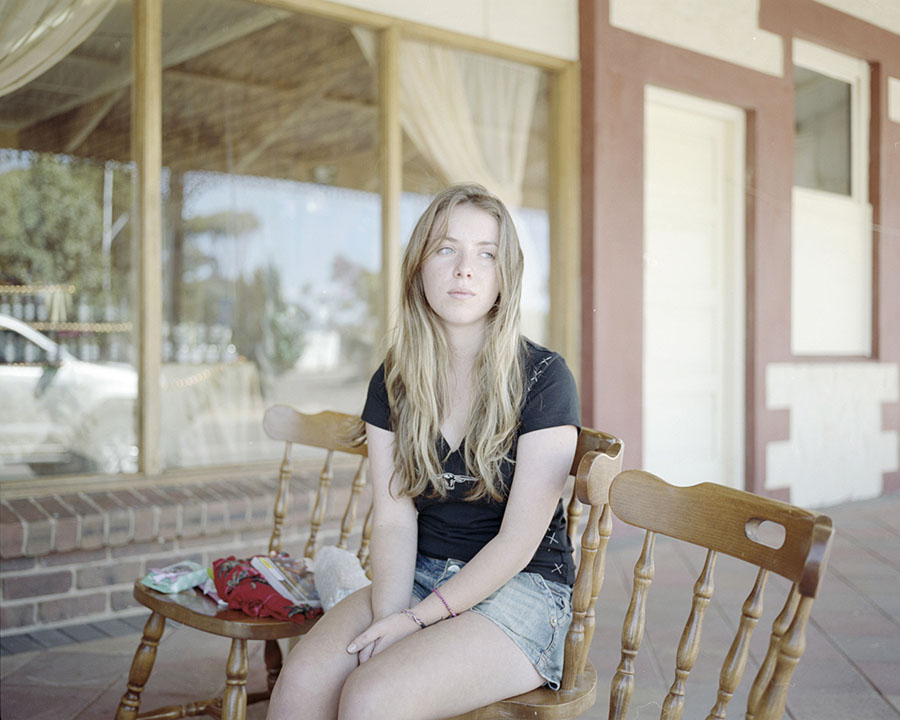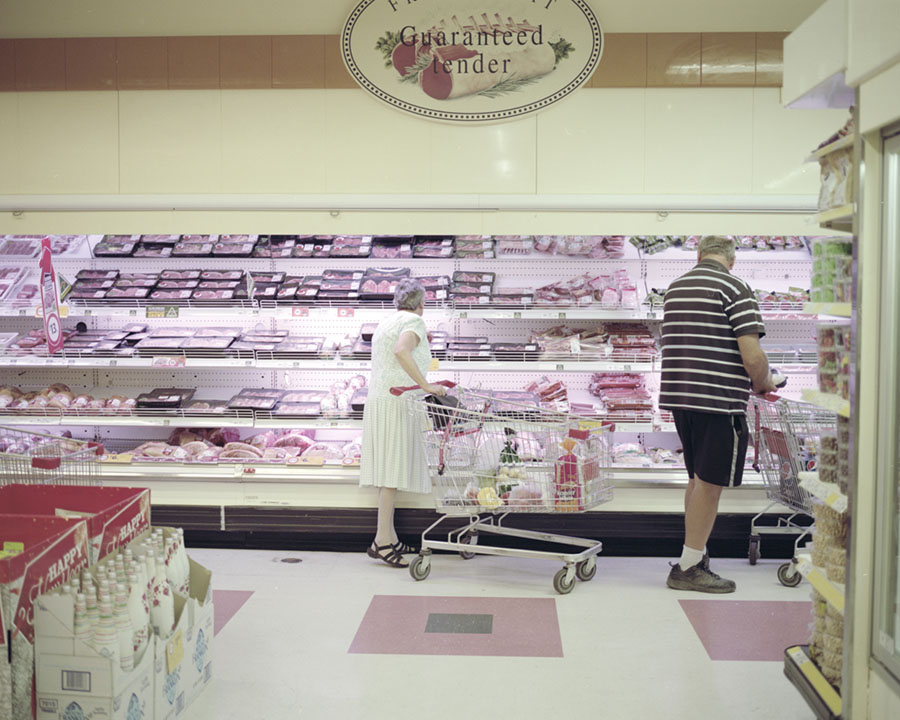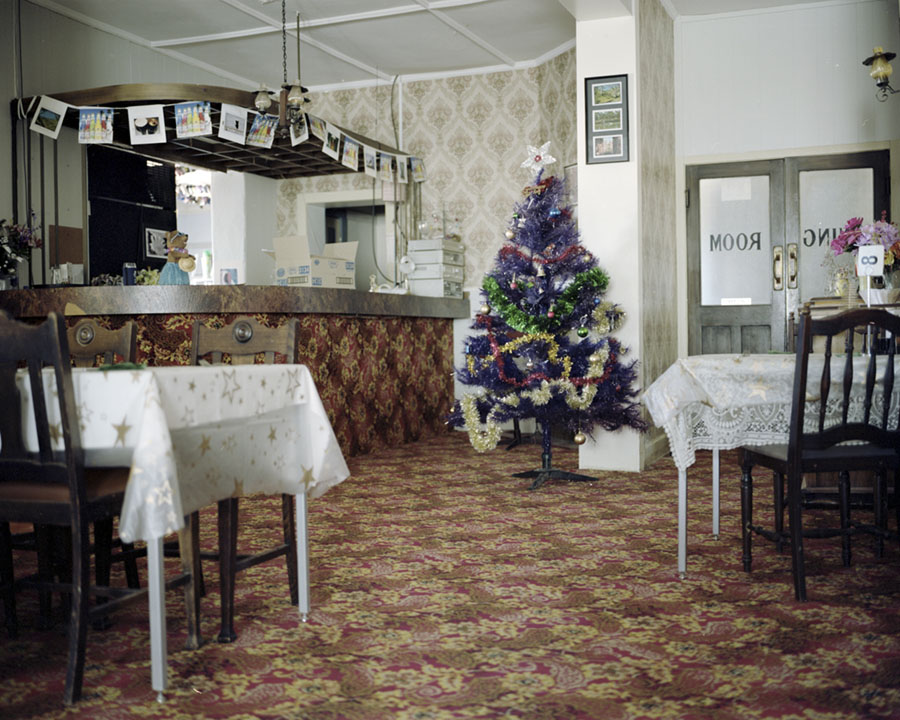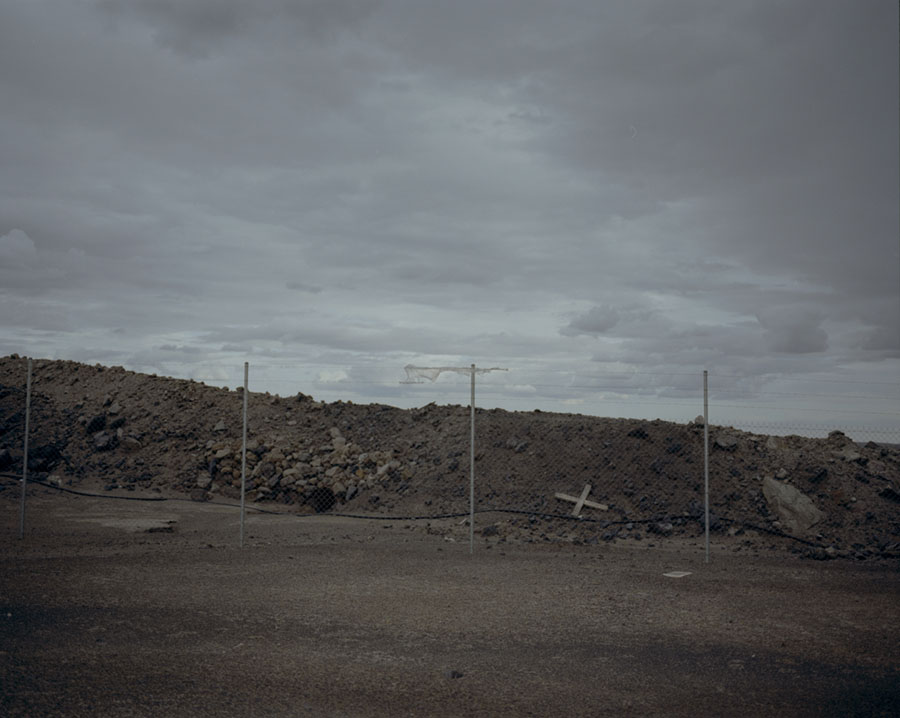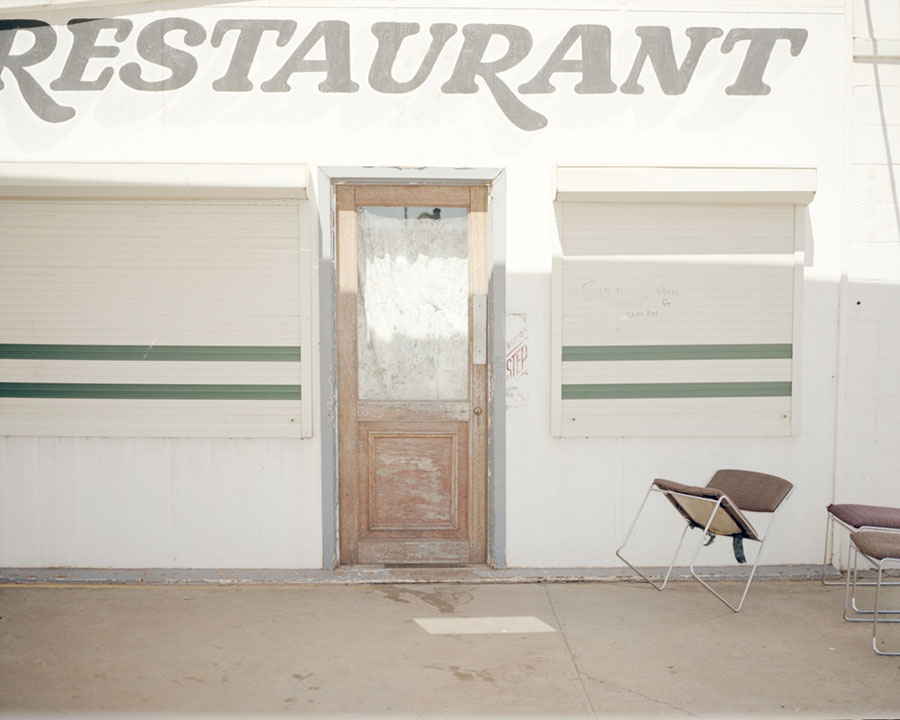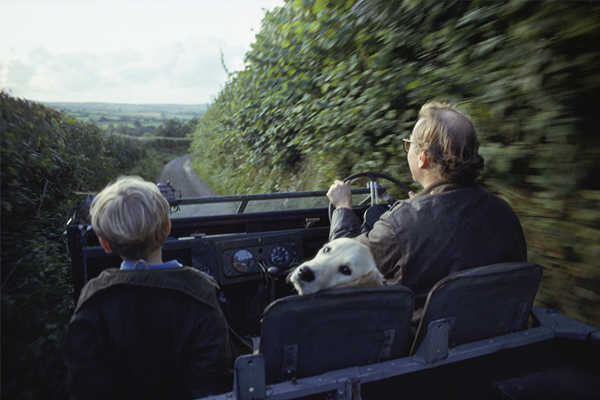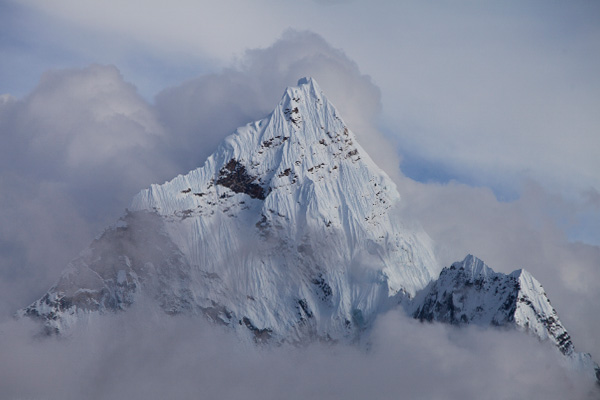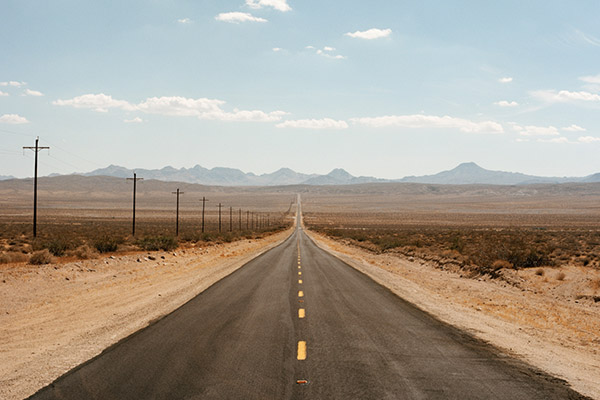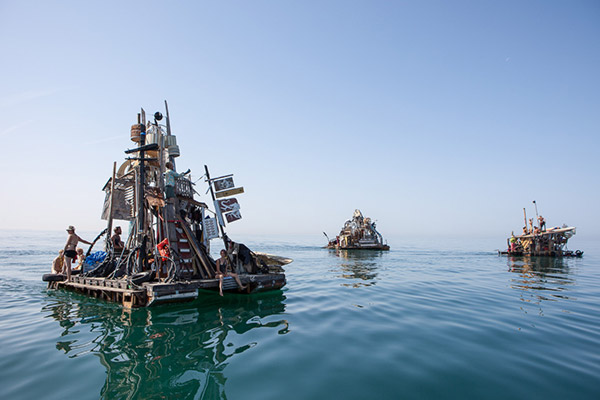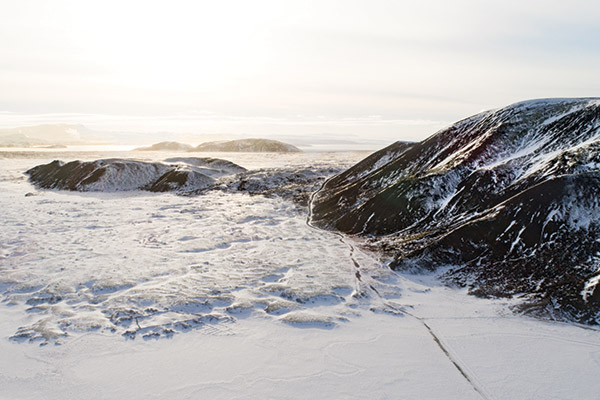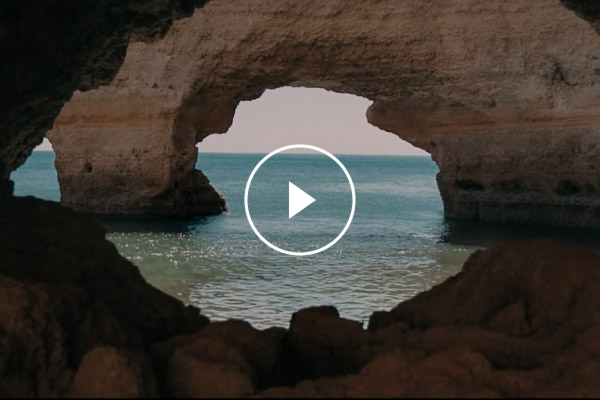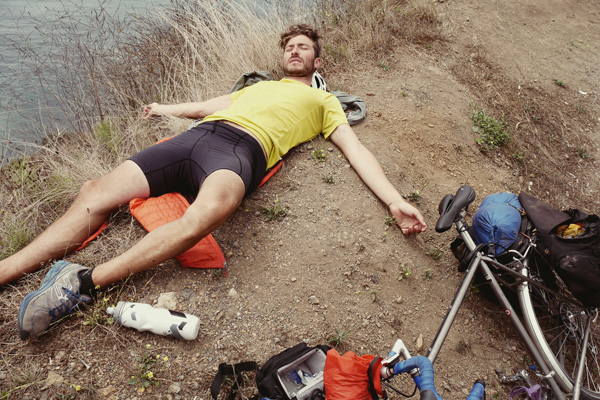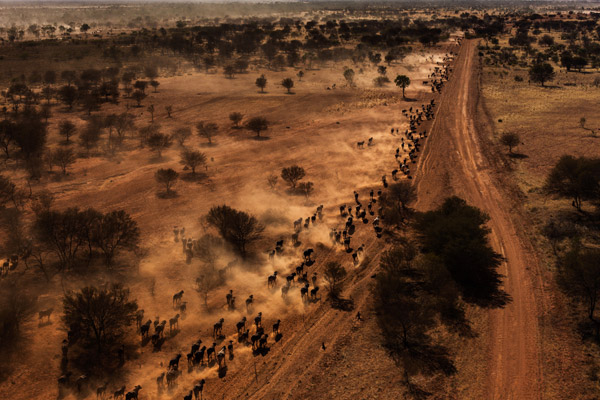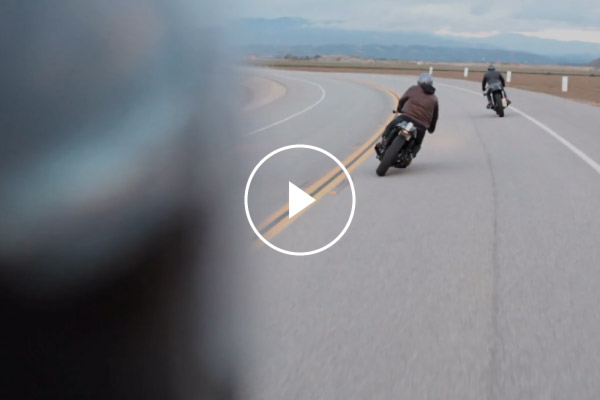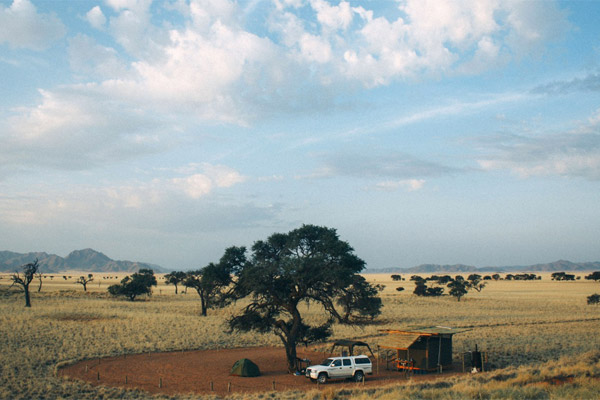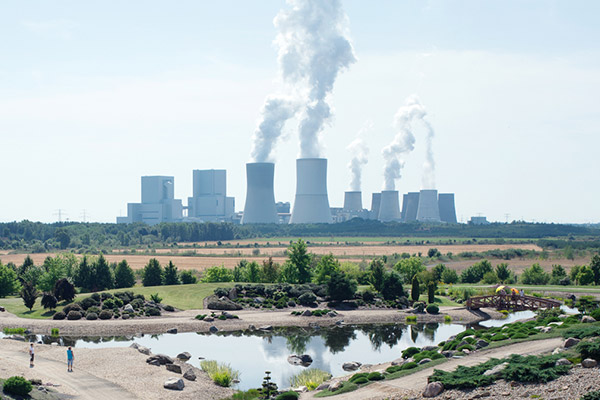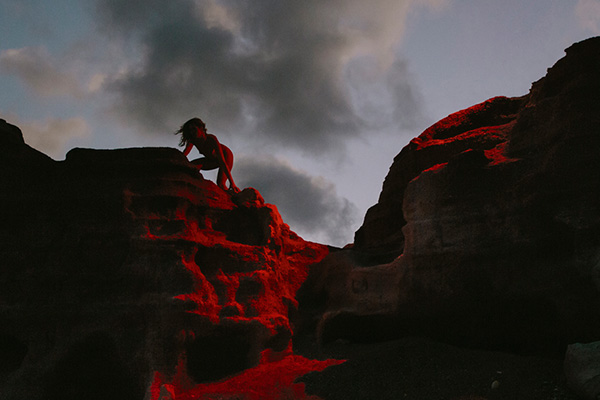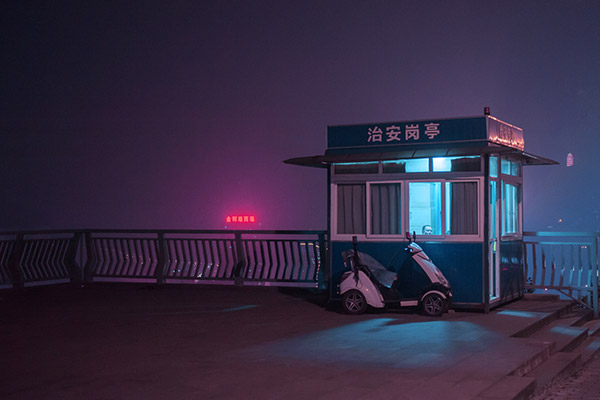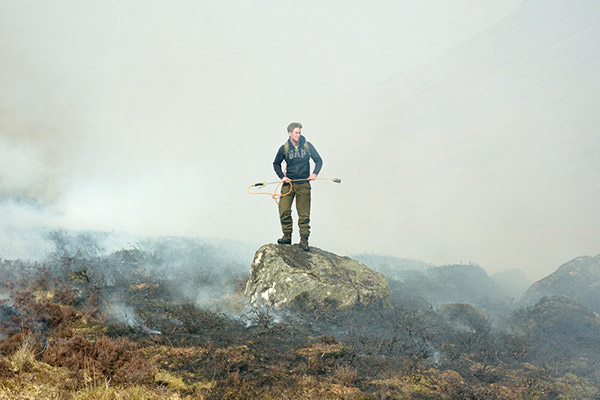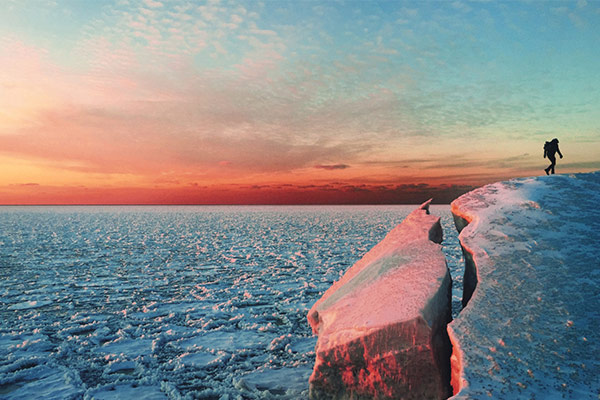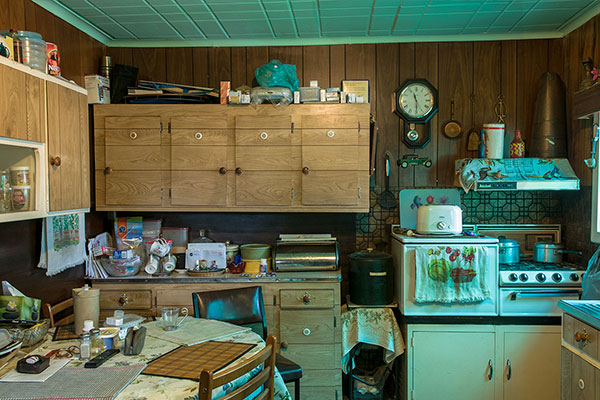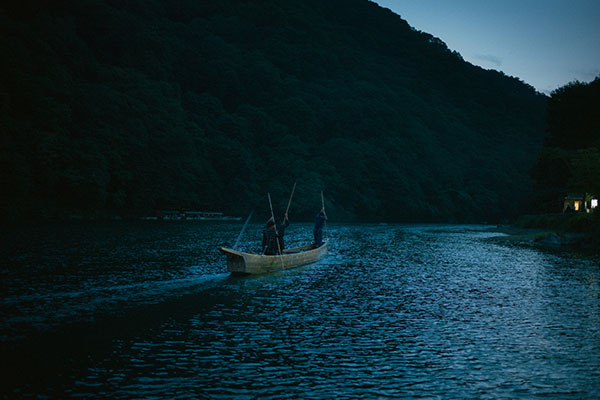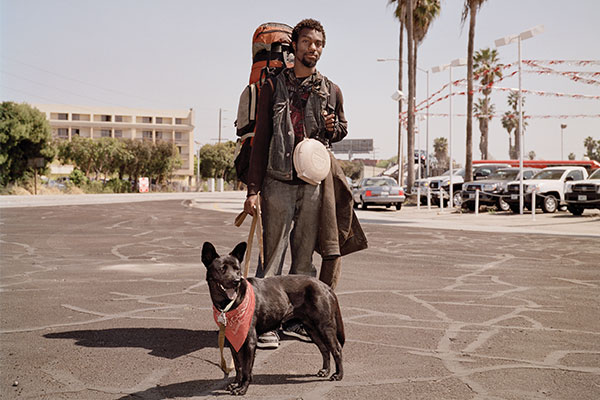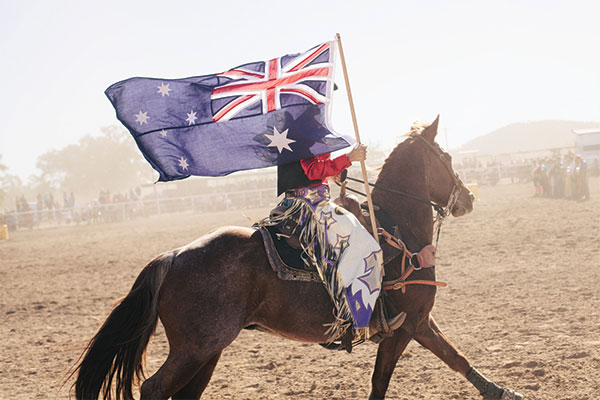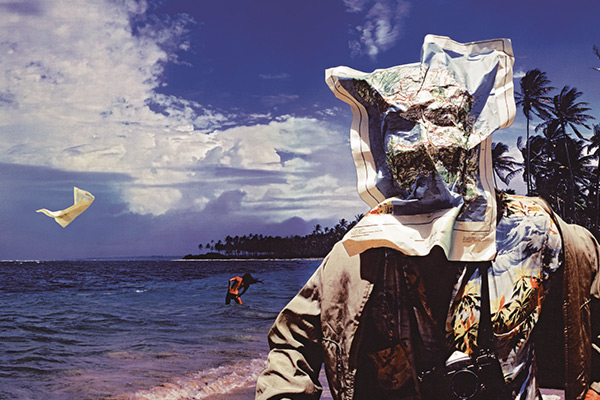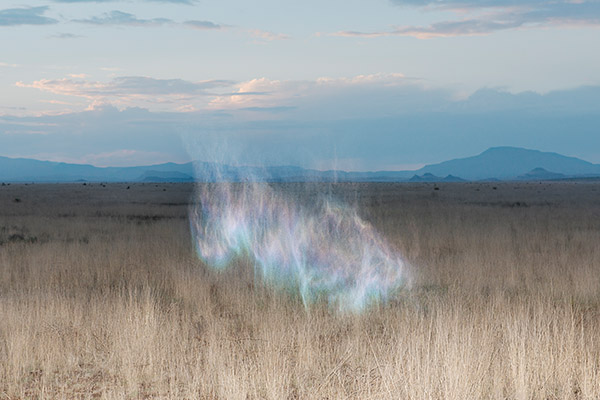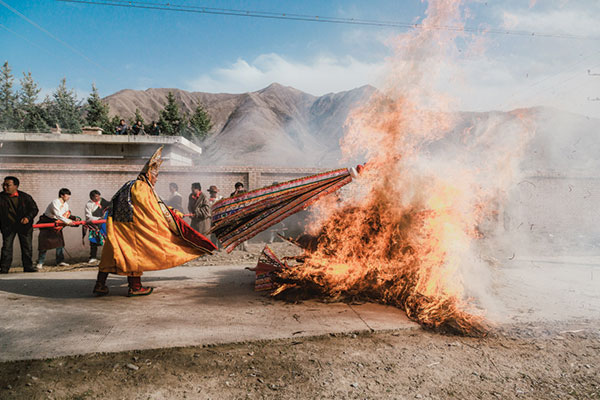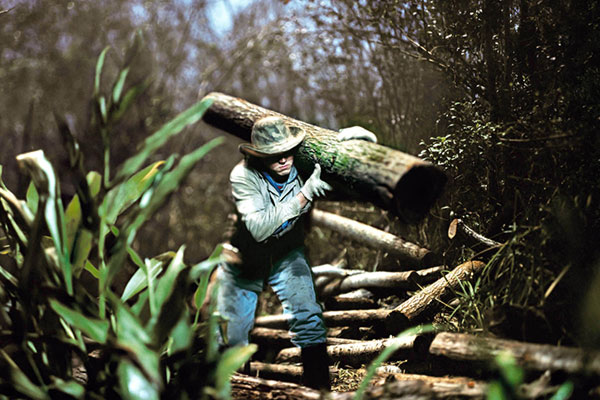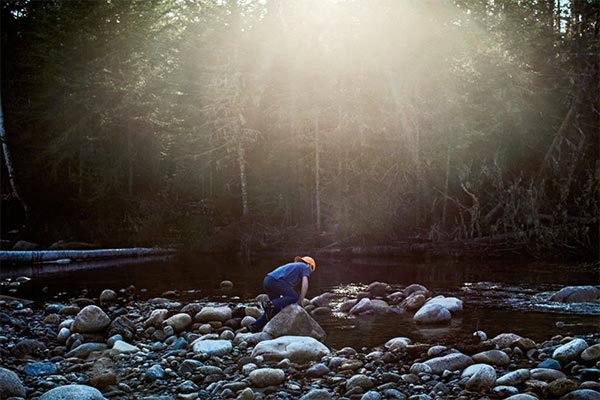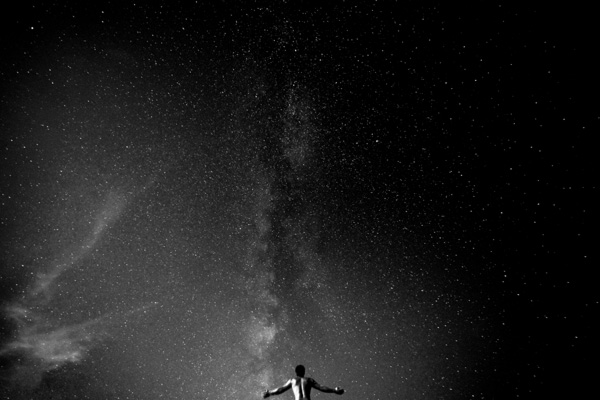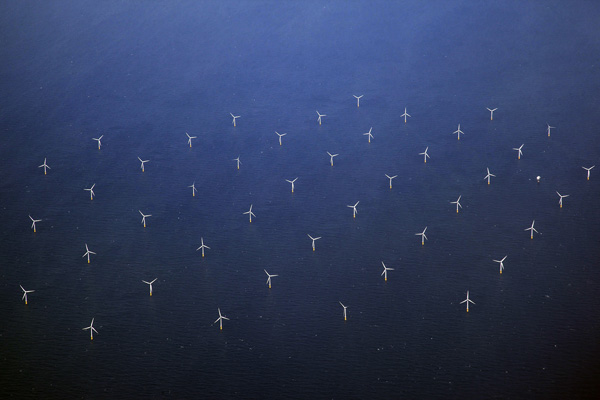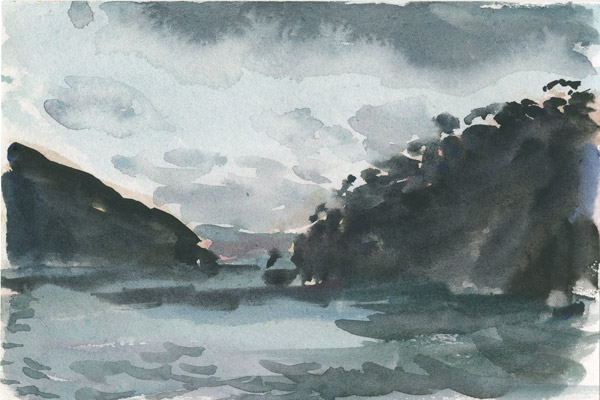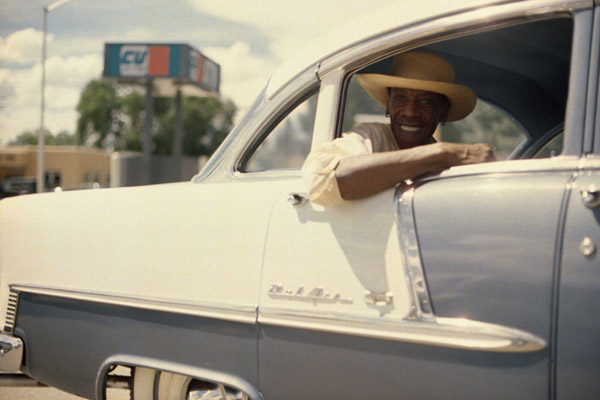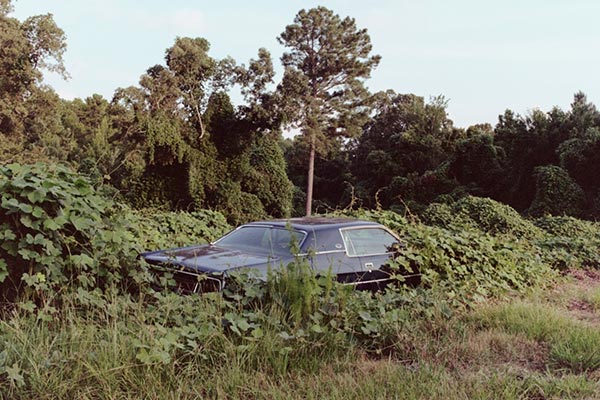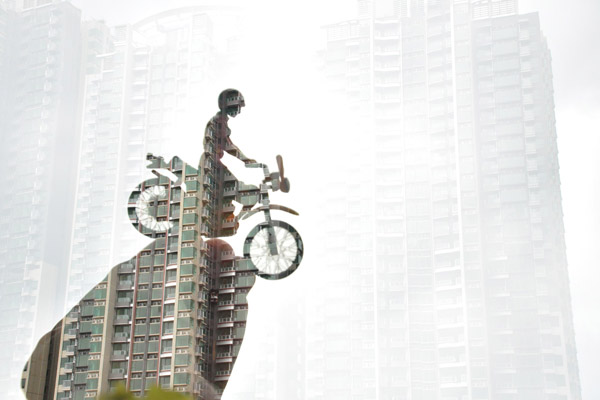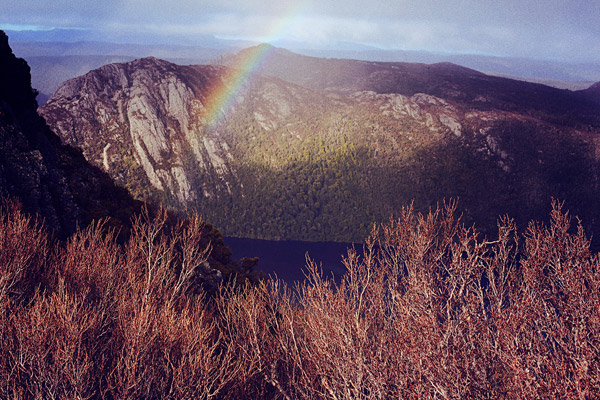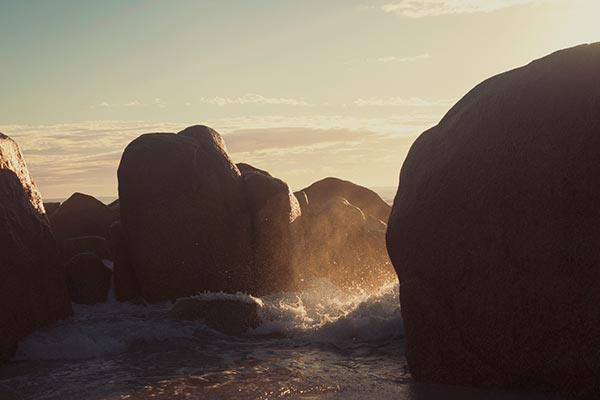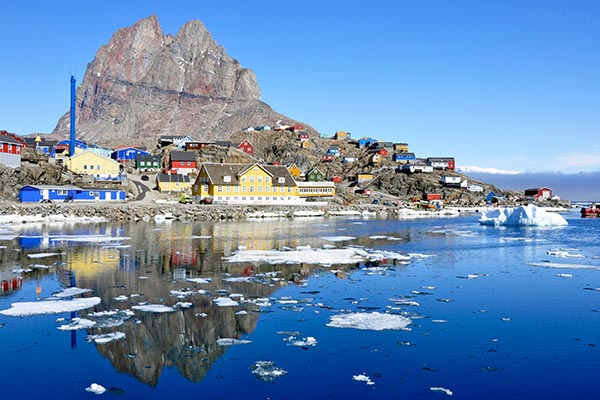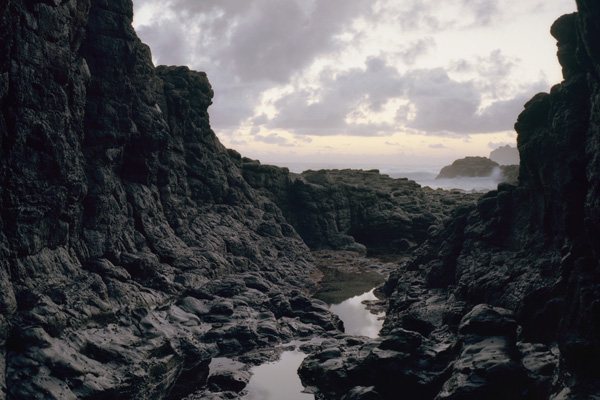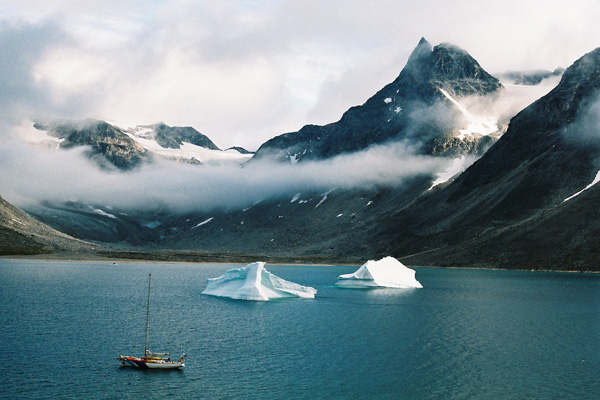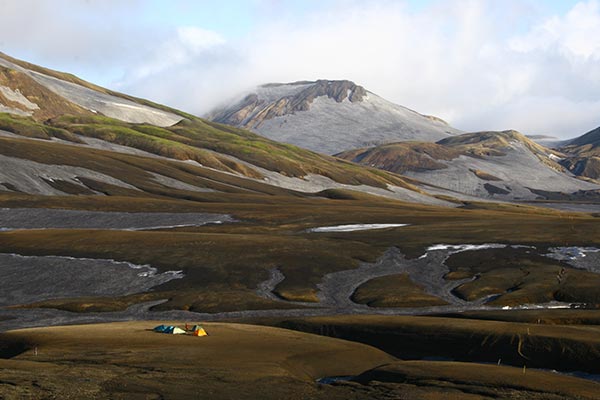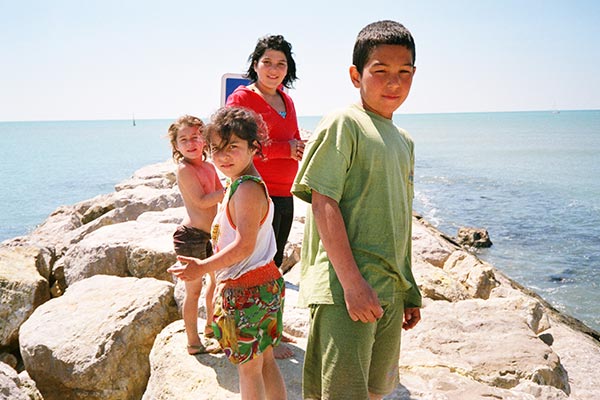Katrin Koenning is one of the most exciting photographers living and working in Australia. The finesse of her self-expression, visual and otherwise, is rare.
A Country Big Enough to Disappear In is an ongoing project that explores the Australian environment beyond the metropolitan.
Koenning is German-born, but for over a decade she has been based in Australia, early on in Brisbane, until more recently Melbourne. Her eye is similarly ‘in-between’, a visual language that flows by force of circumstance from foundation toward an indefinite present.
“Big enough” – the inference is not of surfeit but one of opportunity and abundance.
‘…Distant places give us refuge in territories where our own histories aren’t so deeply entrenched and we can imagine other stories, other selves…’ R. Solnit
A Country Big Enough to Disappear In borrows from the photography road trip tradition, but cannot be defined as such. Thematically, the work is concerned with ideas of Australian regional and remote communities in socio-economic transition in the 21st century; experientially, it is an exploration of photographer’s familiarity with her new home country.
“I don’t take any route in particular. Yes, the route is ongoing – in a way grew out of ‘Loraine and the Illusion of Illoura’. But it has moved on from that and assumes a different language.”
A layering, a folding in of sorts, of temporality, pastness, presentness, history and circumstance builds each image as much as artefacts, the landscape, light and shadow. She explains, “It’s really a narrative of journey and memory-making, one that allows me to study a place and to look and to listen.”
Koenning’s photographic career began of this same delicacy of circumstance and inevitable transition. She inherited her oldest school friend’s camera after he sadly died, in a plane crash above Iceland. He was an avid photographer. To understand what happened, she left for Iceland for some months, and began making images. Ideas of movement, transition, returning are at the heart of her photography.
These first photographs came out black; her practice has evolved, and enriched with her own movement across continents, language, culture.
Hu Fange, a Beijjing writer and curator, makes this observation in Why We Look at Plants, in a Corrupted World: “Anyone who slowly dissolves into the forest at night would believe that the legends of destiny are already inscribed into the body of the plant, which uses growth rings, scent, its own form, and the dirt in which it dwells to write history.” Koenning’s environment is one not solely of nature, but of human interference in the ritual of place making – and yet, the opportunity remains to insulate artefacts of history under gentle observation, in order to explore the entrenched narratives of each frame.
“Rather than feeling an unauthorised storyteller, I consider this a space of privilege – close, but ever so slightly removed.”
It is her own transience in that space that questions the connection we all have to a place we belong – ‘sink our roots’ so to speak.
Katrin Koenning lives and works in Melbourne. She is the recipient of numerous awards and published both nationally and internationally. Be sure to catch the opening of group show Transfer at the Australian Centre for Photography, featuring work from Koenning’s The Crossing. What’s more, she’ll be in conversation with Fenella Kerneborne to discuss The Crossing, which is ‘concerned with the human impact on ecology’, on April 30.
Check out her website and for a more daily dose of brilliance, follow her on Instagram.
Receive a postcard from us sign up


